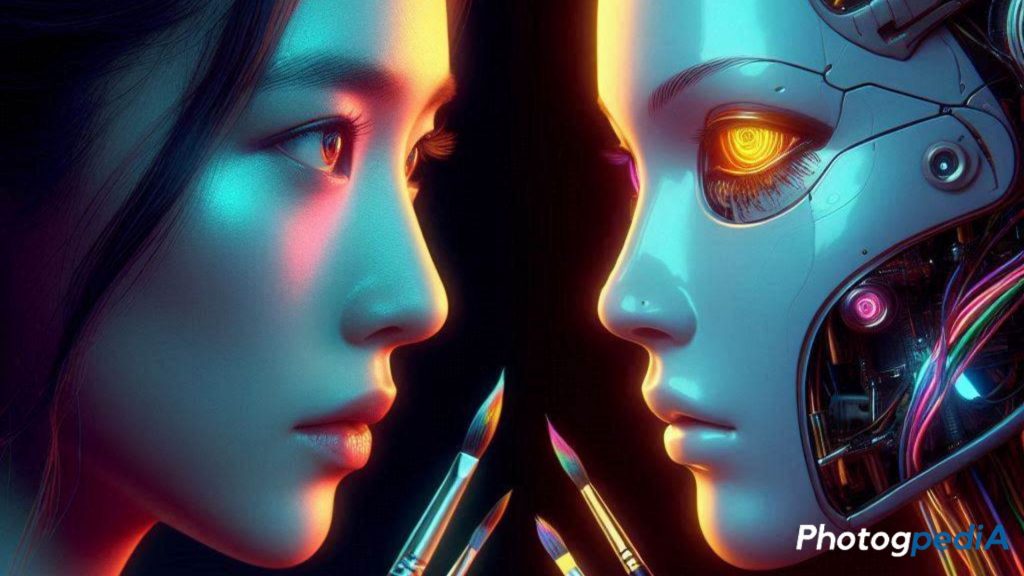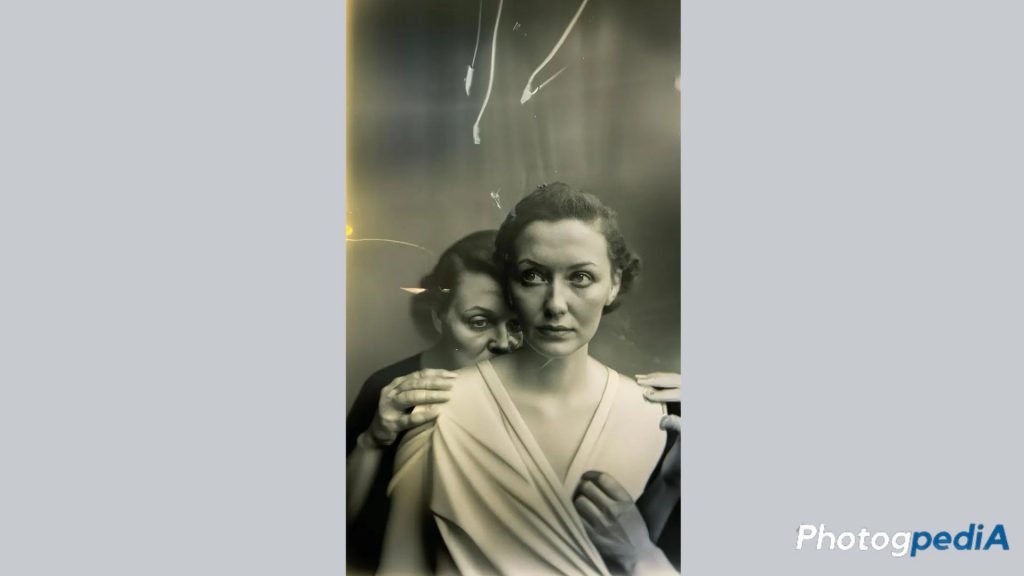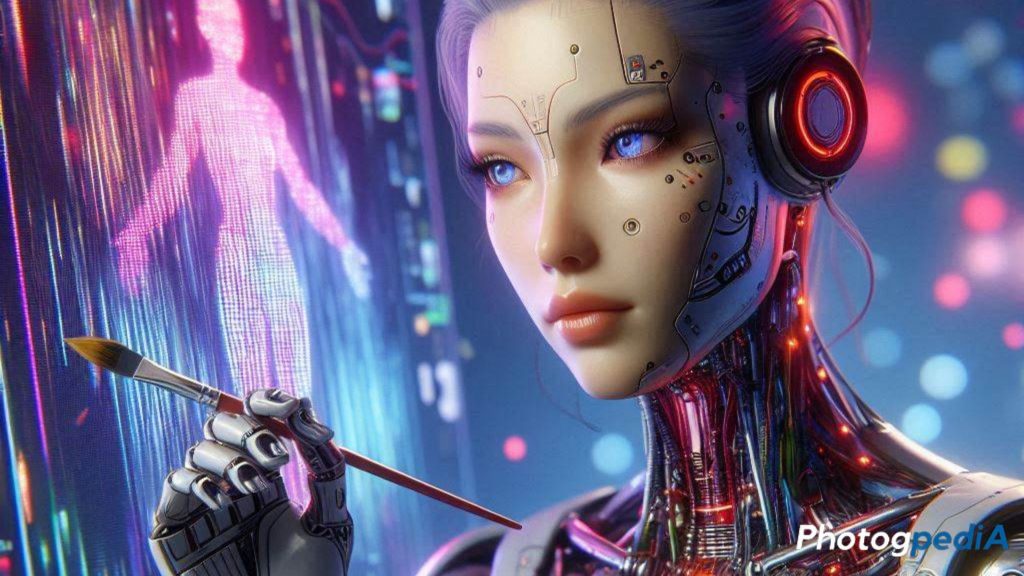AI-generated art is rapidly gaining traction in the art world. It raises intriguing questions about creativity, authorship, and the future of artistic expression. But what exactly is AI-generated art, and why is it becoming so important? AI generated art in contests has emerged as a focal point of this field. It challenges traditional notions of artistic competition and inspiring innovative approaches to creation.
As an AI art enthusiast who has spent the past two years experimenting with various AI art generators, I’ve witnessed firsthand the transformative power of this technology. Initially, I was captivated by the sheer novelty of creating art with code. However, as I delved deeper, I realized the immense potential of AI to augment human creativity rather than replace it.
Table of Contents
The Rise of AI in Art
AI in art isn’t a new concept, but its application has seen significant advancements in recent years. The historical journey of AI in art began with early experiments in the 20th century. But it was only with the advent of powerful machine learning algorithms and neural networks that AI art truly began to flourish.
Key developments include the creation of algorithms capable of learning from vast datasets of artworks. This enabled machines to generate unique pieces that mimic human styles or invent entirely new ones. Consequently, this technological leap has paved the way for a new era of artistic exploration. You could say that the boundaries between human and machine creativity are increasingly blurred.
Moreover, the integration of AI into the art world has sparked intense debate and controversy. While some view AI-generated art as a revolutionary force capable of democratizing creativity, others express concerns about the potential loss of human touch and originality. Nevertheless, the undeniable impact of AI on the art world is undeniable, and it is essential to explore the implications of this technology for artists, critics, and audiences alike.
How AI Generates Art
AI-generated art relies on sophisticated algorithms and techniques, primarily machine learning and neural networks. These systems analyze thousands of images, learning patterns, styles, and techniques. One popular approach is the use of Generative Adversarial Networks (GANs), where two neural networks—the generator and the discriminator—work together to create and refine art.
Data plays a crucial role. The quality and diversity of the data fed into these algorithms significantly impact the output, making data curation an essential part of the process. Furthermore, the type of data used can influence the style and aesthetic of the generated art. For instance, training an AI on a dataset of Impressionist paintings will likely produce art with similar characteristics.
Additionally, the level of human involvement in the process varies. Some AI art generators offer complete autonomy, allowing users to input prompts and receive generated images without further intervention. However, other tools provide more control, enabling artists to fine-tune parameters, select styles, and even collaborate with the AI in a creative partnership.
In conclusion, the complex interplay between algorithms, data, and human input shapes the world of AI-generated art. As technology continues to advance, we can expect even more astonishing and innovative creations to emerge.

AI Art vs. Human Art
The comparison between AI and human art often sparks heated debates. While human artists draw from personal experiences and emotions, AI art has its roots in data and patterns. This difference in creative processes raises questions about the authenticity and emotional depth of AI-generated works.
Ethical considerations also come into play. Who owns the copyright of AI-generated art? Should AI be credited as an artist, or does the credit go to the programmers? Furthermore, the impact of AI on the art market is another complex issue. As AI-generated art becomes increasingly sophisticated, it could disrupt traditional art economies and create new opportunities for both artists and collectors.
In addition, the role of AI in art education is a topic worthy of exploration. Can AI be used as a tool to enhance creativity and learning? Or does it pose a threat to traditional art education methods?
Ultimately, the relationship between AI and human art is a dynamic and evolving one. As technology continues to advance, it is essential to engage in thoughtful discussions about the implications of AI on the art world and society as a whole.
An Overview of AI Generated Art in Contests
AI art contests are becoming a common platform to showcase the capabilities of artificial intelligence in creativity. These competitions often feature diverse categories, from digital paintings to sculptures, judged by criteria such as originality, technical execution, and emotional impact.
Prominent contests include the AI Art Gallery’s annual exhibition and the Robot Art Competition, which highlight the potential of AI in pushing the boundaries of traditional art. Consequently, these platforms have become crucial for fostering innovation and recognizing the achievements of AI artists.
Controversies of AI Generated Art in Contests
However, a complex and often controversial issue arises when AI generated art participates in contests primarily designed for traditional art forms. While some competitions have explicitly opened their doors to AI entries, others have faced challenges in defining the rules and criteria for evaluating such works. This has led to debates about fairness, authenticity, and the very nature of art itself.
Furthermore, the inclusion of AI-generated art in traditional art contests has ignited discussions about the future of art competitions. Should there be separate categories for AI and human-created art? Or should the focus be on the quality of the artwork, regardless of its origin? These questions continue to be a subject of intense debate among artists, critics, and the general public.
AI Art Community
In addition to showcasing artistic talent, AI art contests serve as a bridge between the AI community and the broader art world. By showcasing the best of AI-generated art, these events help to dispel misconceptions and generate interest in this emerging field. Moreover, they provide valuable opportunities for artists, researchers, and enthusiasts to network and collaborate.
In conclusion, AI art contests play a vital role in shaping the future of AI and art. By providing a platform for experimentation, competition, and recognition, these events contribute to the growth and acceptance of AI-generated art as a legitimate art form. However, the integration of AI art into traditional art contests presents unique challenges and raises important questions about the future of artistic competitions.
Additionally, as the boundaries between human and machine creativity continue to blur, it is essential to develop clear guidelines and ethical frameworks for AI-generated art. This will ensure fair competition, protect the rights of artists, and foster a thriving ecosystem for both human and AI creativity.
Case Studies of AI Generated Art in Contests
Several notable examples illustrate the success of AI-generated art in competitions. For instance, the portrait “Edmond de Belamy,” created by the Paris-based collective Obvious using GANs, fetched $432,500 at a Christie’s auction, far exceeding its estimated value. Such cases demonstrate both the market’s interest and the high regard for AI art.
Insights from judges and critics often emphasize the innovative techniques and fresh perspectives brought by AI, while also acknowledging the challenges in comparing AI and human art on equal footing. However, the integration of AI into traditional art contests has also sparked controversy and debate.
Colorado State Fair

For example, in 2022, an AI-generated artwork created using Midjourney won a prize at the Colorado State Fair Fine Arts Competition. This victory ignited a firestorm of criticism and discussion about the role of AI in art competitions. Critics argued that AI lacks the human experience and creativity necessary for true artistry, while proponents highlighted the innovative potential of AI-generated art.
Sony World Photography Awards

Similarly, Boris Eldagsen caused a stir when he won a prize in the Sony World Photography Awards with a piece titled “The Electrician.” Eldagsen later revealed that the image was AI-generated, prompting a debate about the rules and criteria for art competitions in the age of AI.
Challenges Faced by Creators of AI Generated Art in Contests
AI artists face unique challenges in contests. Technical limitations can restrict the complexity and creativity of AI-generated pieces. Moreover, biases in data can affect the fairness of judging, with AI sometimes replicating existing biases in its output.
Public perception is another hurdle. Many still view AI art with skepticism, questioning its validity and the role of human creativity in its production.
Future of AI-Generated Art in Contests
These cases serve as powerful examples of the complex and evolving relationship between AI and the art world. They underscore the need for clear guidelines, ethical considerations, and open dialogue as AI continues to shape the future of art.
Furthermore, it is essential to consider how competitions can evolve to accommodate these new forms of creativity. This might involve creating separate categories for AI-generated art, developing new judging criteria, or redefining the concept of authorship itself.
Conclusion
In conclusion, while AI-generated art achieved significant recognition in various competitions, the road ahead comes with challenges and opportunities. AI generated art in contests represents a significant shift in how we accept and recognize art. From its historical roots to its future potential, AI art is reshaping the landscape of artistic expression. As we continue to explore this fascinating intersection of technology and creativity, the role of AI in art contests will undoubtedly remain a topic of both excitement and debate.
FAQs Related to AI Generated Art in Contests
What is AI-Generated Art?
AI-generated art refers to artworks created by artificial intelligence algorithms. These algorithms analyze and learn from large datasets of existing art to produce new and unique pieces.
How is AI Art Judged in Contests?
AI art in contests is judged based on various criteria, including originality, technical execution, and emotional impact. Judges often consider both the artistic quality and the innovative use of technology.
Can AI Art Replace Human Artists?
While AI art can mimic human styles and create unique pieces, it cannot replace the depth of human creativity and personal expression. AI serves as a tool that complements rather than replaces human artists.
What are the Ethical Concerns with AI Art?
Ethical concerns include issues of copyright, authorship, and bias in AI-generated art. Questions about who owns the art and how to ensure fairness in judging are ongoing debates.
How Can I Get Started with Creating AI Art?
To start creating AI art, you can explore platforms and tools like DeepArt, RunwayML, and Artbreeder. These tools allow you to experiment with AI algorithms and generate your own art pieces.
Afterword
The journey from early experiments to the emergence of AI art contests has been marked by both triumphs and challenges. As we continue to explore the potential of AI in creative endeavors, it is crucial to engage in thoughtful discussions about the ethical implications, the role of human artists, and the future of the art world.
To delve deeper into the fascinating world of AI art, we encourage you to explore these related topics:
- Ethical Considerations in AI Art: Uncover the complexities and moral dilemmas surrounding AI-generated art.
- List of Free AI Art Generators and No Sign Up: Discover a range of tools to experiment with your own AI creations.
- What’s an AI Art Generator: Gain a comprehensive understanding of how these tools work and their capabilities.
About the Author
Hi, I’m Mark – an amateur photographer that first started in 2020. I particularly capture action figures in miniature settings and dioramas. You can follow more of my work at the following social media channels:
- Instagram – iselandmarkventures
- Facebook – iselandmarkventures
- YouTube – The Iselandmarkventures

